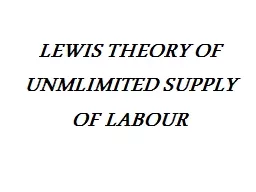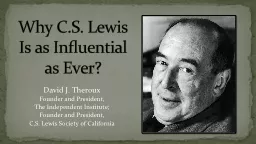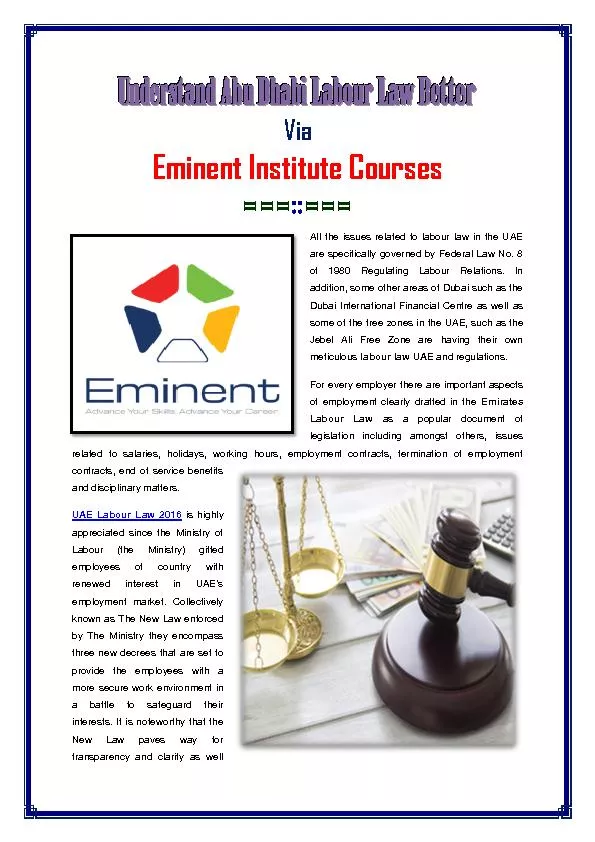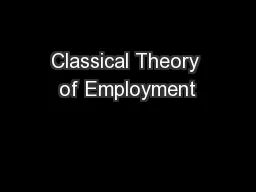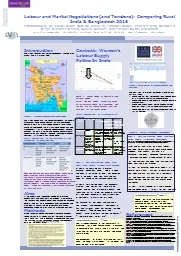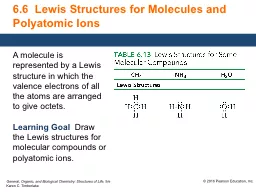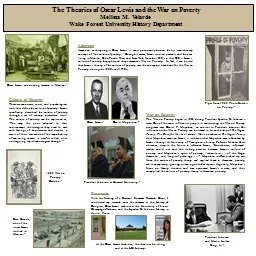PPT-LEWIS THEORY OF UNMLIMITED SUPPLY OF LABOUR
Author : trish-goza | Published Date : 2017-05-11
LEWIS MODEL The model seeks to explain that by judiciously exploiting their unlimited supply of labourthe less developed countries can stimulate their domestic
Presentation Embed Code
Download Presentation
Download Presentation The PPT/PDF document "LEWIS THEORY OF UNMLIMITED SUPPLY OF LAB..." is the property of its rightful owner. Permission is granted to download and print the materials on this website for personal, non-commercial use only, and to display it on your personal computer provided you do not modify the materials and that you retain all copyright notices contained in the materials. By downloading content from our website, you accept the terms of this agreement.
LEWIS THEORY OF UNMLIMITED SUPPLY OF LABOUR: Transcript
Download Rules Of Document
"LEWIS THEORY OF UNMLIMITED SUPPLY OF LABOUR"The content belongs to its owner. You may download and print it for personal use, without modification, and keep all copyright notices. By downloading, you agree to these terms.
Related Documents

